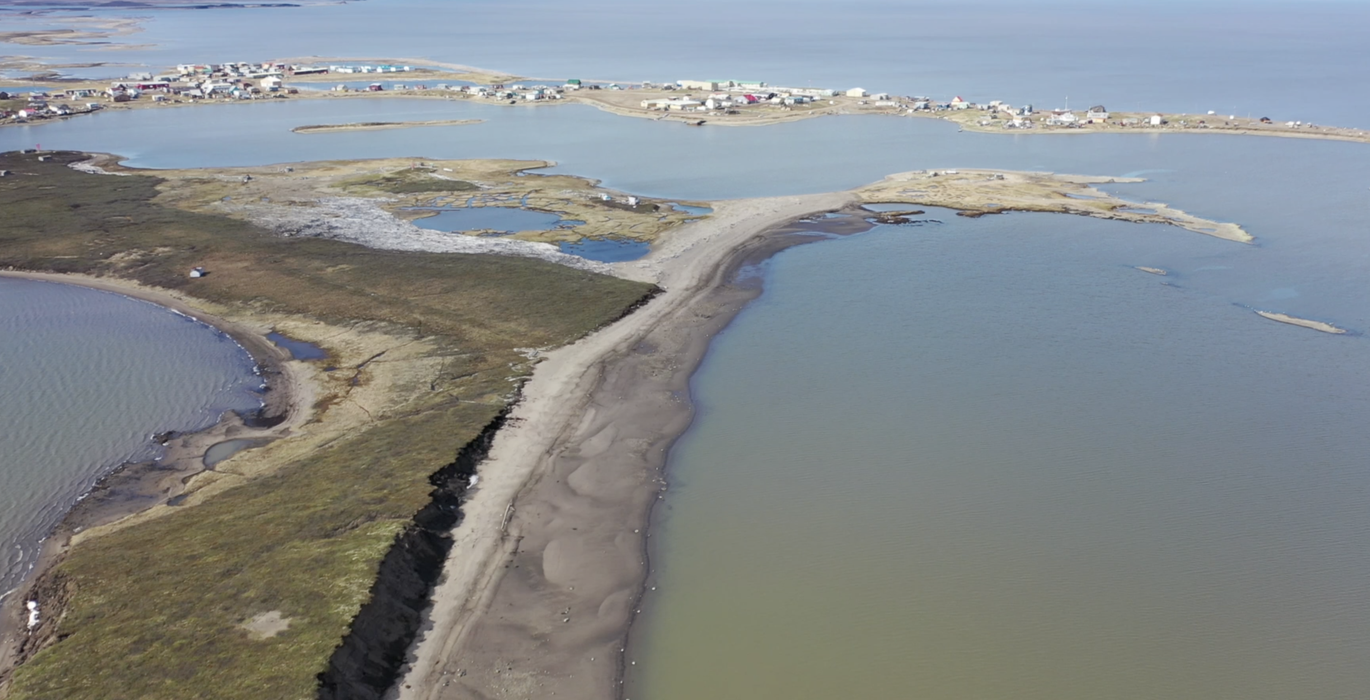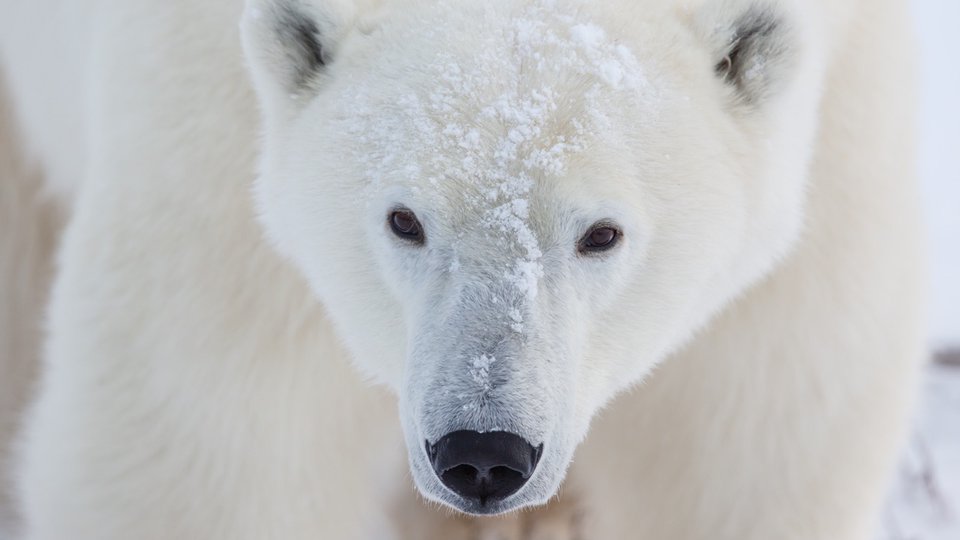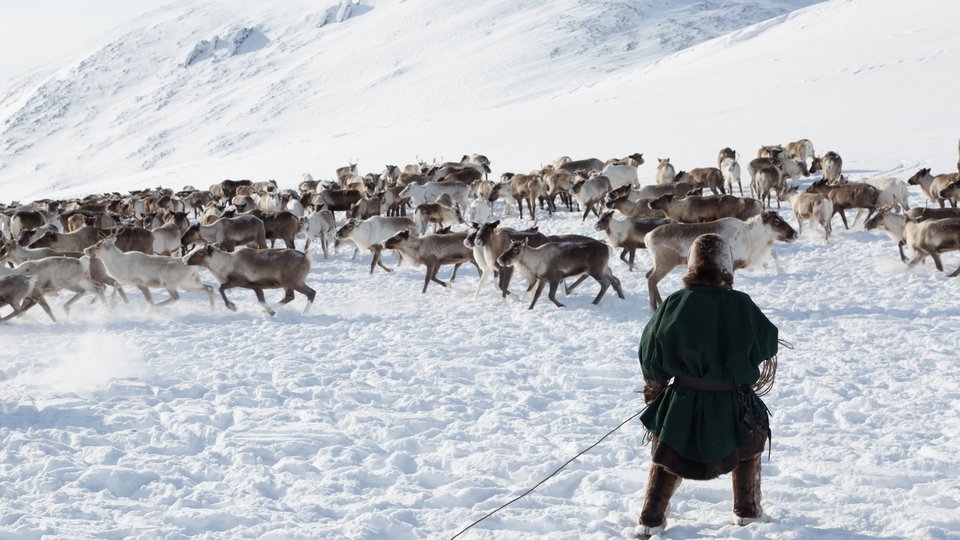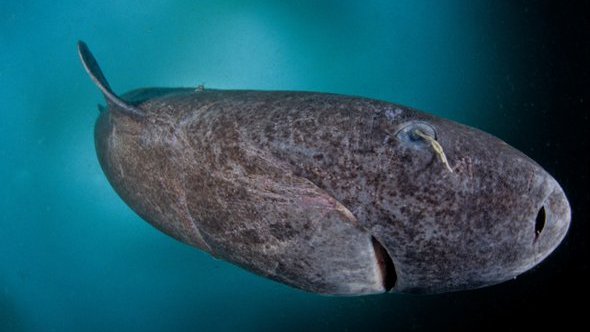
Water is a fundamental component to our very existence and the ecosystems that surround us. It supports food production, transportation power generation, and our overall wellbeing However, despite its importance, many freshwater sources are considered vulnerable, especially in Northern Canada.
Dr. Andrew Medeiros is an assistant professor with the School for Resource and Environmental Studies at Dalhousie University. His research interests focus on understanding and quantifying water availability and water quality in the Arctic. We asked Dr. Medeiros about the main factors contributing to freshwater vulnerability in Northern Canada and what can be done to converse and protect them.
Q: Why are so many specifically Northern based water supplies threatened with vulnerability?
A lot of [Northern infrastructure] was built in a context that is decades old, and that infrastructure now is challenged by growth, development, industry and climate. As well as the contexts that cascade with climate, so permafrost, stability, seasonality, precipitation. All of those infrastructural contexts, the climate context and just natural growth have put quite a large demand on water supplies. Summer seasons are longer, demands are higher and so you overall have less water in terms of your overall supply for both ecosystems and the communities that rely on them.
Q: Can you explain some of the challenges that are unique to Arctic based water systems?
A: Water systems in the North are based on the fact that the permafrost horizon prevents infiltration of water into the ground water horizon, into the soils. They are on the surface and those surface waters are limited in how they are refilled and how they progress throughout the season. In Southern jurisdictions you may have multiple sources of surface water and ground water supplementing that and in the North, you have a single lake basin, perhaps maybe a stream or two that you can supplement that single supply.
If you're going to be needing more than one source, than you need to be able to retrieve that source and access that source [often times] without roads and without underground pipes. Without that kind of infrastructure, and the previous infrastructure being challenged and quite old there's just not that kind of response to any kind of water supply situation when compared to the South.
"You can't have a blanket solution that is pan-Arctic, or even a pan-territorial solution. The local contexts are sometimes extremely unique. So what’s appropriate for one region or one community might not work in another."
Q: How you do factor historical conditions into your research?
A: Our research looks at understanding water through the trajectory of time. So, we want to understand the water balance of these natural systems from the past and then we can project it to the future by looking at the rate of change. Understanding that trajectory of the ecosystem gives you an idea of where it was, where it is now and where is could potentially be in the future in terms of accessible water, evaporative stress, productivity and all of the other associated metrics that would align with those situations.
Q: So what have you found in terms of potential future conditions thus far?
A: The situation across the Eastern Arctic is similar and many communities rely on a single lake basin. A lot of those lakes are under evaporative stress in the summer. The summer has always been a dryer period for the Arctic. The issue is the summer period is now longer. The ice and snow are either melting out earlier or later, that change affects the recharge of those single lake basins. So, basically the water basins have more time to evaporate in that dry summer period and less refill going into them. You end up in a negative or withdrawal context. and then if you are taking water from those sources for your communities without any kind of natural replenishment, you will have a perpetual draw down and eventually be water vulnerable.
It's very hard to predict and say that you are going to run out of water this year or that year or ten years from now. But what you can say is what is the probability that you are going to have a temperature high, a precipitation low, or an ice condition where the winter ice is much thicker therefore you don't have any recharge. Those kinds of extreme conditions are becoming more common and those are the conditions that make water vulnerability heightened in any particular year.
Q: How big of a problem is this? Are there many communities in Northern Canada facing these vulnerabilities?
A: It’s a problem that is becoming more common. There have been water emergencies declared in Nunavut. Those [communities] that have already had emergencies are in a difficult context because they are limited in how much input and direction can go into those solutions and how long term those solutions can be. But it will become more of an issue for many more communities across the Canadian North as we start to realize that effects on ecosystems are also going to affect ecosystem services that Northerners rely on. And once we make those identifications, we can be a part of that engagement process to help plan for adaptation that is respectful for community growth and development into the future.
Water is not often seen as one of the most important issues facing Northerners, but it's related to many of those issues that have been identified as important. In terms of food security, you need functioning productive ecosystems in a natural Northern context to have higher level trophic systems like fish to remain sustainable. You need to have water accessibility for transportation across rivers and streams.
Q: What can be done to protect these water sources?
A: We try to facilitate the identification of that vulnerability. So if we know that a community water supply is vulnerable or will be vulnerable in the future we can go to the community with that information. This is what we would expect over the next 20 years in terms of your planning horizon, how you would need to be able to respond to a potential water shortage, how you would need to the able to respond to potentially looking for alternative sources of water. Then the community can help with directing that process, implementing solutions rather than having an emergency situation.
The main thing is having an integrative ability to plan for not only understanding vulnerabilities, but to have a process in which Northern voices are heard. You can't have a blanket solution that is pan-Arctic, or even a pan-territorial solution. The local contexts are sometimes extremely unique. So what’s appropriate for one region or one community might not work in another .





